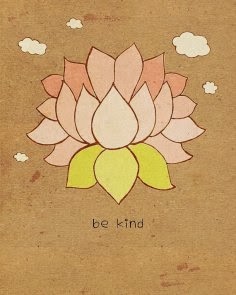Yoga Asanas or poses(how we call in the west)is the third limb of the Ashtanga Yoga practice. I see the Ashtanga Yoga method as the pure essence of yoga. To experience the deep aspects of this practice we first start with the Yamas and Nyiamas. There the transformation starts. The third limb is the asana, what we generally aproach first in the west and most of the people think what yoga is all about. Yoga is a philosophy of life, which also has the potential to create a vibrantly healthy body and mind.
Ashtanga Yoga, practiced in its correct sequential order, gradually leads the practitioner to rediscover his or her fullest potential on all levels of human consciousness - physical, psychological, and spiritual. ` In Ashtanga yoga method we practice an asana at a time until we are ready to practice the next one. It takes time, devotion and a daily practice. The goal is not to be able to do the next asana or posture.
The goal is through the asana prepare our minds for the other limbs of yoga : pranayama (breath control), pratyahara (sense withdrawal), dharana (concentration), dhyana (meditation), and samadhi (contemplation). These branches support each other. Asana practice must be established for proper practice of pranayama, and is a key to the development of the yamas and niyamas. Once these four externally oriented limbs are firmly rooted, the last four internally oriented limbs will spontaneously evolve over time.
Sri K. Pattabhi Jois said to practice one asana 1000 times to make it perfect and at least 100.000 times to start to understand ourselves from that asana. From that point of view we realize how the practice its the main role of the asana limb. How important is to repeat again and again, be humble and learn from whatever feeling comes out of the practice. Everyday people create different styles of yoga, different names for the yoga asana practice.Giving to the student what he/she wants. The Ashtanga series are made to carefully study with dedication and devotion. We all get tempted and curious about doing advanced asanas,but if we just practice what we want or what looks cool, we are just getting attached to the asana itself and not focusing in the main goal of yoga.
The evolution of asanas comes from Surya namaskara A and B ( The Sun Salutations A and B). It is how in the Ashtanga method we start. We also find called as Mysore style (Self practice). From the Sun Salutations on your own pace you open an space in your body and mind for the following asanas and psych and subtle levels. It is recommended to study under a guidence of a Guru or a authorized/Certified teacher. If is not possible, continue your exploration through practice and study and when the opportunity comes to have a directed teacher from the lineage embrace it! Studying from a directed teacher we call parampara.
What is Parampara?
Traditional Ashtanga Yoga is founded on the concept of parampara, a term meaning direct, experiential knowledge passed in succession from teacher to student. Our teachers have committed themselves to the instruction of Ashtanga Yoga as it was taught to them from the source in Mysore, India by Sri K. Pattabhi Jois, R. Sharath Jois, and R. Saraswathi. Ashtanga Yoga and Parampara ‘Parampara’ literally means an uninterrupted succession and denotes the direct and unbroken transmission of knowledge from teacher to student. Traditional Ashtanga Yoga is founded on parampara and a commitment to its established instruction. Shri K. Pattabhi Jois took this method from Mysore, India and disseminated it all over the world. Guruji’s teachings are now continued by his family: R. Sharath Jois, R. Saraswathi, Manju Jois, and Sharmila Mahesh. Surrendering to the lineage of Astanga Yoga is to enter a river of teachings that has been flowing for thousands of years, a river that masters, past and present, have followed into an ocean of knowledge and wisdom.











